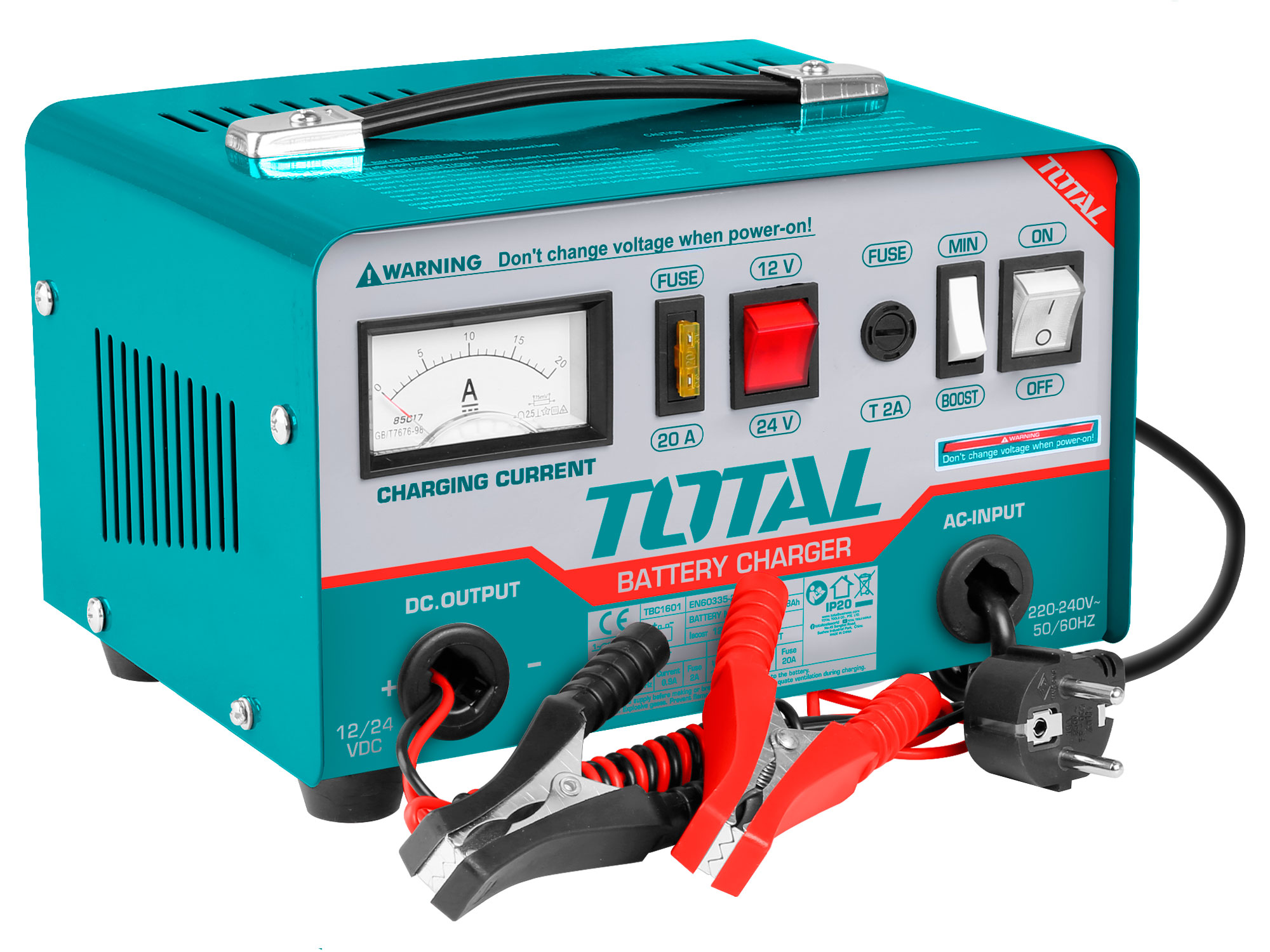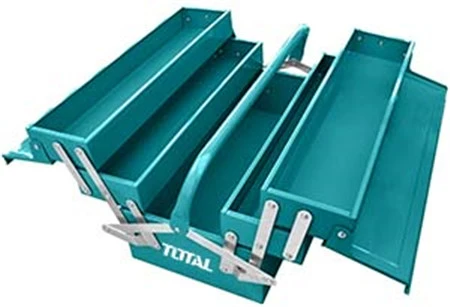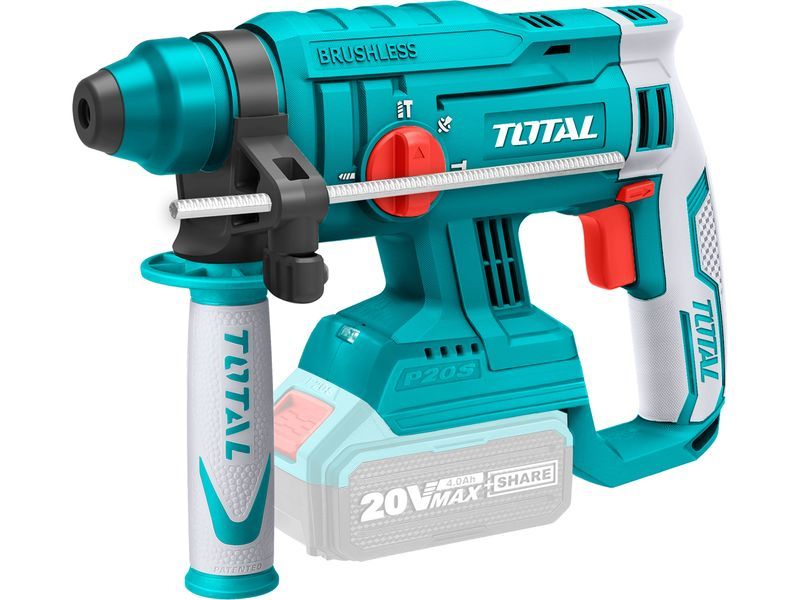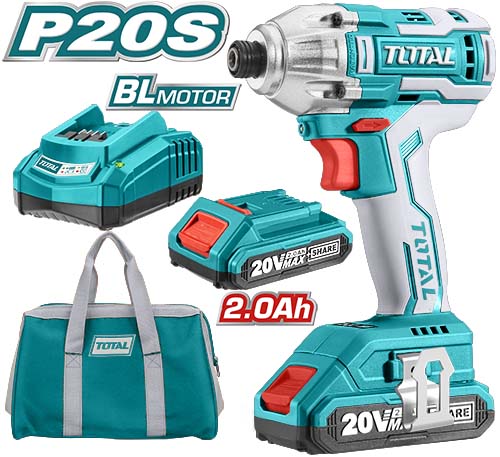10 important criteria when buying tools: How to make the right choice!
When it comes to buying tools, it is important to make the right choice. After all, the quality and reliability of the tools have a significant influence on the results of your work. So that you are well informed and can choose the best tools for your needs, we have put together 10 important criteria that you should consider when making your purchase.
Firstly, the quality of the tool should be your top priority. Look for high-quality materials and solid workmanship to ensure that the tool is durable and will give you pleasure for a long time.
Secondly, it is important to choose the right size and weight of tool for your intended use. A tool that is too large or too heavy can make handling more difficult and impair your work performance.
Other important criteria include the ergonomics of the tool, functionality, value for money and much more. In this article, we will look at these criteria in detail to help you make the right choice. Read on to find out everything you should consider when buying tools!
Why is it important to choose the right tools?
Choosing the right tools plays a crucial role in any craft or technical project. Tools are not just aids; they are the link between the idea and the realisation. The wrong or inferior tools can make the work process considerably more difficult and affect the quality of the end product. For example, if you work with an unsuitable tool, this can lead to poor results that may even require reworking, which costs time and money. It is therefore of the utmost importance to make an informed decision before making a purchase.
Another aspect that emphasises the importance of tool selection is safety. High quality tools manufactured to the recommended standards minimise the risk of accidents or injuries. If you work with a tool that is not ergonomically designed or is made of inferior materials, the risk of it failing or you injuring yourself increases. Therefore, you should always check the quality and safety features of a tool before you buy it.
The right choice of tool will also have a long-term impact on your efficiency and productivity. High-quality, well-designed tools enable you to complete tasks faster and more precisely. This is particularly important in professions where there is time pressure or where the quality of the result is directly related to the tool used. So by choosing the right tools, you are not only investing in your safety, but also in your future as a craftsman or technician.
Quality standards and certifications for tools
The quality of tools is often defined by various standards and certifications that ensure that the products fulfil certain minimum requirements. These standards are set by various organisations that deal with the safety and functionality of tools. A well-known example is the ISO standard, which sets international standards for various products and services. Tools that carry these certifications have undergone rigorous testing and fulfil high quality standards.
In addition to the international standards, there are also national and industry-specific certifications that are relevant for certain tools. These may include regional safety standards or specific requirements for certain industries, such as the construction industry or the automotive industry. When buying tools, it is advisable to pay attention to these certifications as they are an indicator of the quality and safety of the product.
Taking quality standards and certifications into account is not only important for safety, but also for the longevity of the tool. A tool that meets high quality standards is usually made of better materials and is therefore more resistant to wear and tear. This means that you will need to buy replacements less frequently, which will save you money in the long term. When buying tools, always look for the relevant certifications to ensure that you are purchasing a high-quality product.
The importance of ergonomics and handling
Ergonomics is an often overlooked but crucial factor when choosing tools. An ergonomically designed tool not only promotes efficiency, but also reduces the risk of injury and fatigue. Tools that are comfortable to hold and easy to use allow you to work longer and more productively. This is particularly important in jobs that require repetitive movements or longer working hours.
A good example of ergonomic tools are those with non-slip handles and a well-balanced design. These features help to ensure that the tool is stable in the hand and requires less effort. You should also make sure that the tool is an appropriate size and fits your hand. Tools that are too small or too large can quickly lead to fatigue or even injury. A conscious focus on ergonomics can therefore not only make your work easier, but also protect your health.
To summarise, it can be said that the ergonomics and handling of a tool not only increase comfort, but can also increase efficiency. When selecting tools, you should always consider the ergonomic properties. Try out different tools to find out which ones suit you best. If you find a tool that is both functional and comfortable to use, you will achieve better results in the long term and your work will be less stressful.
Materials and durability of tools
The materials from which tools are made play a decisive role in their durability and performance. High-quality materials such as stainless steel, carbon steel or special alloys not only offer greater strength, but also better corrosion resistance. These properties are particularly important when tools are used in demanding environments where they are exposed to extreme conditions.
Another important criterion is the workmanship of the material. A tool that is poorly finished or made of inferior materials is likely to wear out or break quickly. When buying tools, make sure that they are of solid workmanship. You can often judge this at first glance at the tool. Look for a smooth surface, well-fitted parts and an overall solid feel.
The durability of a tool also depends on the care it receives. High-quality tools usually require less maintenance, but can still benefit from regular care. Clean your tools after use and store them in a dry place to prevent rust and corrosion. By paying attention to the materials and workmanship and taking good care of your tools, you can ensure that they work reliably for years to come.
The right size and weight for the job
Choosing the right size and weight of tool is crucial for handling and efficiency. Each tool has specific requirements depending on the type of work you want to carry out. A tool that is too heavy can quickly lead to fatigue, while one that is too light may not provide the necessary strength or stability required for certain tasks.
To determine the right size and weight, you should first be aware of the type of work you will be doing on a regular basis. For example, if you frequently work with screw clamps, a lightweight model may be advantageous to make handling easier. For heavier work, such as cutting metal, you may need a more robust tool that offers more weight and stability. In this case, it is important to find a balance between handling and performance.
In addition, you should also consider personal preferences and physical conditions. Everyone has different hand sizes and strengths, which can influence the choice of the right tool. Try out different models to find out which one suits you best. A tool that fits well in your hand and is the right weight will not only make your work easier, but will also help prevent injury and fatigue.
Price-performance ratio when choosing tools
Value for money is a key factor when choosing tools. Often, buyers tend to go for the cheapest deal without considering the long-term implications of this decision. A low price can often go hand in hand with inferior quality, which ultimately leads to frequent replacement and higher overall costs. For this reason, when buying tools, you should not only consider the price, but also the quality and functionality.
A higher price does not always mean better quality, but in many cases it makes sense to invest in a slightly more expensive but higher quality tool. These tools often offer better performance, are more durable and can make your work more efficient. To get good value for money, compare different brands and models, taking into account the criteria mentioned above such as quality, ergonomics and materials.
Another aspect you should consider when looking at the price-performance ratio is the availability of accessories and spare parts. A tool that is cheap but has no available spare parts can turn out to be expensive when it needs to be repaired or serviced. It is therefore advisable to factor the long-term costs into your decision. A good price-performance ratio means that you get a high-quality tool at a fair price that will serve you faithfully for years to come.
Consider customer reviews and experiences
Customer reviews and experiences are a valuable tool when choosing tools. By reading reviews, you can gain insight into the actual performance and quality of a tool beyond the information provided by the manufacturer. Customers often report on their experiences with the tool in practical use, which can help you to better weigh up the pros and cons.
Be sure to read reviews from different sources to get a comprehensive picture. Online platforms, trade journals and social media can provide you with a wide range of opinions and experiences. However, be wary of extreme reviews - both overly positive and strongly negative. Try to find a middle ground and focus on the most common points mentioned in the reviews.
In addition to written reviews, you should also consider videos and tutorials that show the tool in action. Often these visual representations give a better impression of the handling and functionality of the tool. If possible, also talk to colleagues or friends who have experience with the tool you are considering. Their personal recommendations can often be very helpful and help you make your decision.
The brand and reputation of the manufacturer
The brand and reputation of the manufacturer are decisive factors when selecting tools. Reputable manufacturers have usually built up a good reputation over the years and offer products that are known for their quality and reliability. If you choose a well-known brand, you can often be more certain that the product has undergone strict quality controls and fulfils certain standards.
It is advisable to research the brand and consider its history and feedback from other customers before making a purchase. A good brand will not only produce high quality tools, but will also provide excellent customer service. If there are any problems after purchase, it is important that the manufacturer offers support and solutions. Read the warranty conditions and customer service information.
In addition, you should also pay attention to what kind of innovations and technologies are offered by the brand. Leading manufacturers often invest in research and development to ensure that their products meet the latest standards and remain competitive in the market. By choosing a brand that cares about quality and innovation, you are not only ensuring yourself a good tool, but also a long-term partner in your projects.
Warranty and customer service for tools
A comprehensive warranty and good customer service are essential factors to consider when buying tools. A warranty gives you the assurance that the tool is protected against manufacturing faults or defects for a certain period of time. This is especially important if you are investing in more expensive tools as you want to make sure you are covered in the event of a problem.
Some manufacturers even offer extended warranties or lifetime warranties to give you extra protection and confidence in the quality of their products. Check the warranty terms carefully and pay attention to which parts are covered and whether there are any special requirements for claiming under the warranty. A transparent warranty policy is often a sign of a responsible company that stands behind its products.
Customer service is also a crucial aspect to consider when choosing a tool. Reliable customer service can help you solve problems quickly and efficiently. Find out if the manufacturer offers telephone support, email support or live chat. You can also read the experiences of other customers to get an impression of the responsiveness and helpfulness of customer service.
Tips for choosing the right tools for your needs
Choosing the right tools can be a challenge, but with a few basic tips, you can make the process much easier. First, make a list of the tasks you want to perform on a regular basis. This list will help you identify the specific tools you need and allow you to focus on products that meet your requirements.
Another useful tip is to try out different tools before you make a purchase decision. Many speciality shops offer the opportunity to test or demonstrate tools. Use this opportunity to get a feel for the handling and ergonomics of the tools. If possible, talk to professionals who can give you recommendations based on your specific situation.
Finally, don't be afraid to invest in high-quality tools. While the price may seem higher at first, the investment will usually pay off in longer life, fewer repairs and better overall work results. Remember that tools are an investment in your skills and productivity. By making the right choices, you can make your work more efficient and enjoyable.

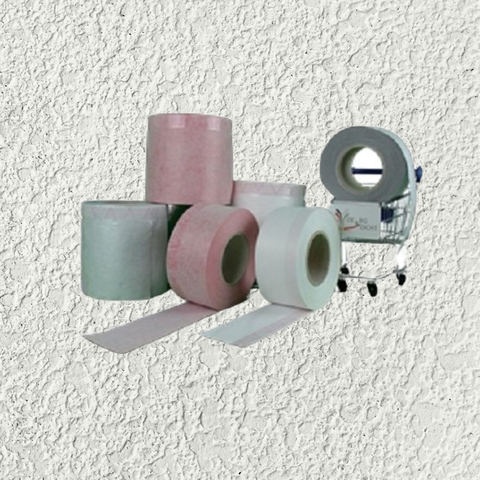
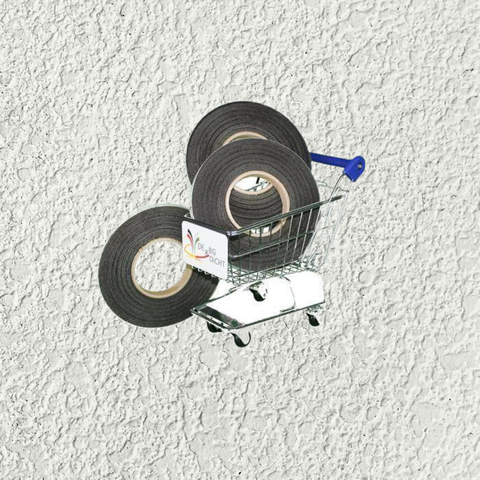

_400x400.webp?ts=1735165250)



